issaquah foot and ankle
Displaying items by tag: issaquah foot and ankle
Dr Timoth Young, Board Certified Foot Surgeon talks about Lapidus and Lapiplasty Fixation: Advancements in Foot and Ankle Surgery Part 2
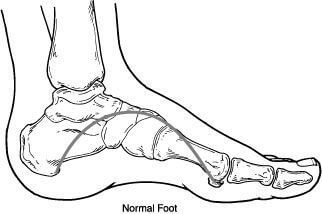
Dr Timoth Young, Board Certified Foot Surgeon talks about Lapidus and Lapiplasty Fixation: Advancements in Foot and Ankle Surgery Part 2
Benefits of Lapidus and Lapiplasty Fixation:
Improved Alignment: Both procedures aim to correct the alignment of the foot bones, which not only relieves pain but also helps restore normal foot function.
Faster Recovery: Lapidus and Lapiplasty procedures enable patients to return to weight-bearing activities sooner than traditional methods, reducing downtime.
Reduced Risk of Recurrence: Lapiplasty fixation, in particular, targets the underlying cause of bunions, reducing the likelihood of recurrence.
Long-Term Results: The fusion achieved through these fixation methods creates stable and lasting joint alignment, offering enduring relief from pain and discomfort.
Minimal Soft Tissue Disruption: These procedures typically involve less disruption of soft tissues, leading to reduced scarring and a potentially smoother recovery process.
Conclusion: Lapidus and Lapiplasty fixation procedures are innovative approaches to correcting foot and ankle deformities, especially bunions. With their focus on achieving proper bone alignment and stability, these procedures offer patients improved quality of life, reduced pain, and faster recovery times. If you're experiencing foot and ankle issues, consult a qualified orthopedic surgeon to determine whether Lapidus or Lapiplasty fixation could be the right solution for you. Always remember that personalized medical advice is crucial before making any decisions regarding surgical interventions.
If you are experiencing foot or ankle pain, give us a call today at 425-391-8666 or make an appointment online.
Dr Brandon Nelson, A Board Certified Physician & Surgeon, Discusses Burning & Tingling in the Feet

Burning and tingling can be very uncomfortable for anybody, especially when it occurs in the feet. We often think of nerve issues when we hear this type of presentation from a patient. Stabbing, burning and tingling are all sensations that can be attributed to dysfunctional nerves. These types of symptoms can occur with rest or even after exercise. I encourage you to seek help earlier with nerve type pains.
The most common cause of nerve pain is diabetes. Diabetes can cause nerve sensitivity, a term referred to as neuropathy. Most patients with neuropathy, more specifically diabetic neuropathy usually have a long term history of elevated glucose levels. The neuropathy can present in both hands and feet.
Another common cause can be compression issues around nerves. Most people have heard of carpal tunnel, a nerve dysfunction that occurs in the wrist, well you can get the same scenario in the ankle or foot. This happens when soft tissue structures press on nerves and the nerves swell and become inflamed and the usual result is numbness or tingling.
Neuromas are another big cause of burning in the feet. These usually are more common in females and present with ball of foot burning. The most common area affected from a neuroma is the 3rd and 4th toes. Typically we see the pain is better without shoes and can increase with shoe pressure.
If you are suffering from numbness, tingling or burning I can help. Please call and schedule an evaluation today 425-391-8666 or make an appointment online.
Sincerely,
Dr Brandon Nelson
Dr. Timothy Young, a Board Certified Foot Surgeon, Discusses Treating Midfoot Arthritis
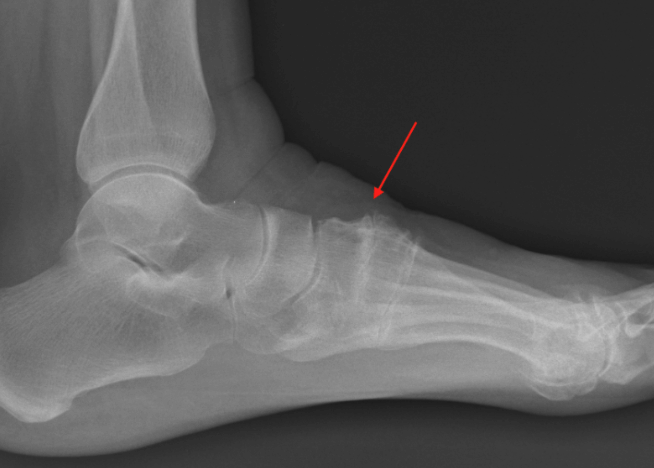
Dr. Timothy Young a board certified foot surgeon, discusses treating midfoot arthritis.
This can be a difficult access or find the correct entry point, therefore we use ultrasound guidance to verify correct placement of the synthetic join lubricant. There is some communication between these adjacent midfoot articulations or joints and therefore there is additional benefit by injecting the second metatarsal–cuneiform joint to some of the adjacent communicating joints. We typically use Supartz which is a highly purified form of hyaluronic acid. I typically use the same protocol for other joints such as the ankle joint which is a series of injections at 1 to 2 week intervals usually 3 to 5 injections.
If you are experiencing foot or ankle pain, give us a call today at 425-391-8666 or make an appointment online today.
Dr. Timothy Young, a Board Certified Foot Surgeon, Discusses How to Enhance Results of Hallux Limitus Surgery with a Cheilectomy
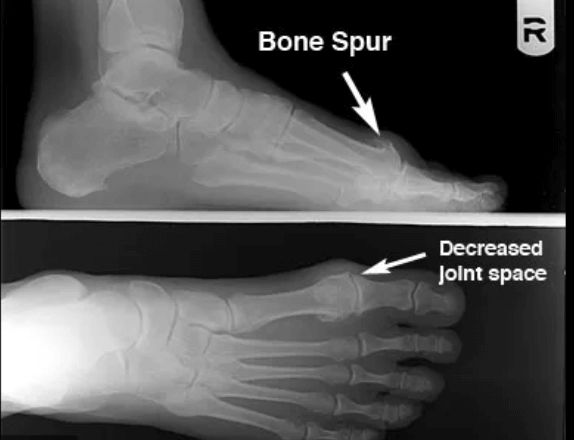
Dr. Timothy Young a board certified foot surgeon discusses how to enhance results of hallux limitus surgery with a cheilectomy.
If you have arthritis of your great toe joint or questions about potential surgery or procedures for this please request a consultation at our clinic. Give us a call today at 425-391-8666 or make an appointment online today.
Lapiplasty Surgeon Dr. Brandon Nelson, Discusses 3-D Bunion Correction

The Lapiplasty technique has created an effective tool for bunion surgery. The foot and ankle surgeon community has seen a reproducible tool that has helped revolutionize bunion surgery. This procedure has helped bunion surgeons get the best possible correction with incredible long term outcomes. The Lapiplasty combines a tried-and-true bunion surgery technique with modern jigs and fixation. Bunion surgery is challenging and any tools that can help with getting better outcomes are looked upon favorably. This is the case for the Lapiplasty system.
As a Board-Certified Surgeon and Physician and somebody that has done 1000’s of bunion surgeries, this is a welcomed tool in my armamentarium. I have found that Lapiplasty is a game changer. I find my results are outstanding and long lasting. I look forward to helping more patients with bunion recover faster and returning earlier to activities is a giant plus! If you suffer from bunion pain come see if you are a candidate for Lapiplasty. Give us a call at 425-391-8666 or make an appointment online today.
Sincerely,
Dr. Timothy Young, a Board Certified Foot Surgeon, Discusses Collagen Supplements After Surgery
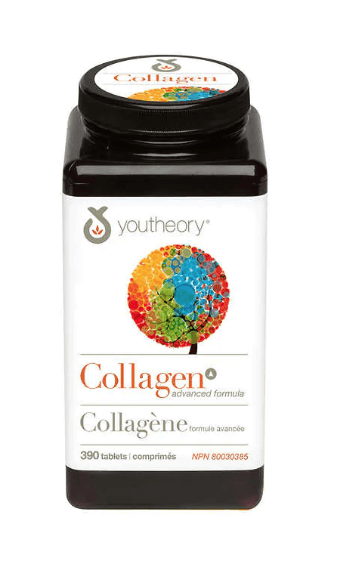
Dr. Timothy Young, a Board Certified foot surgeon, discusses collagen supplements after surgery.
For example Achilles tendon surgery or repair of an Achilles tendon rupture. Peroneal or posterior tibial tendon surgery. In addition zinc (25 mg up to 50 mg per day) and boron (3 mg per day) are supplements the can be helpful with deep tissue healing and wound healing. It's important to note that zinc can compete with some other essential elements such as calcium and magnesium so it's best to take zinc by itself for example at lunchtime. Remember there are always things that you can do to help your body heal.
If you are experiencing foot or ankle pain, please give us a call at 425-391-8666 or make an appointment online today.
Dr. Brandon Nelson, A Board Certified Foot & Ankle Surgeon and Physician, Discuss Big Toe Pain
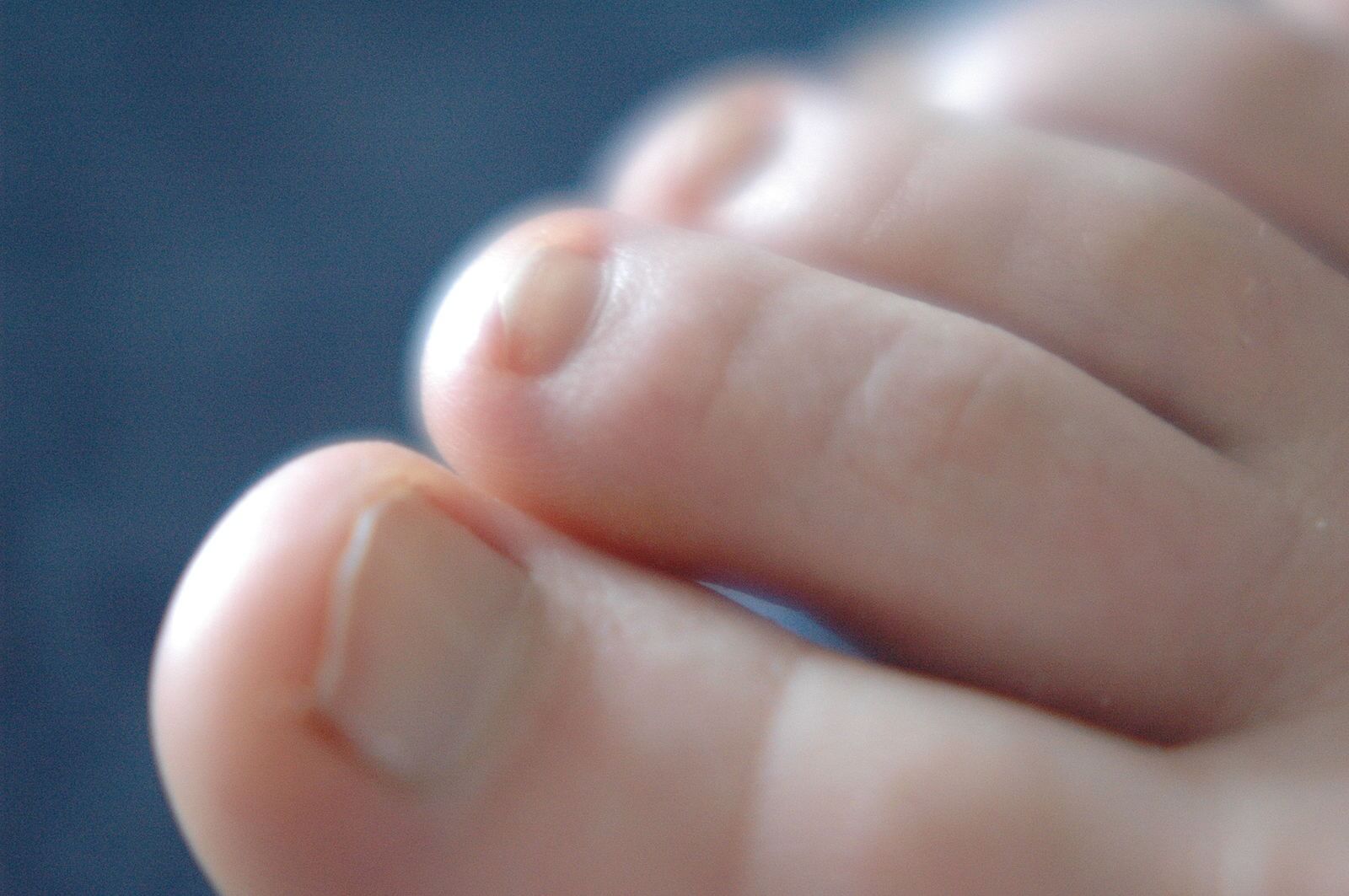
The big toe or 1st metatarsal phalangeal joint is one of the major weight bearing joints in the foot. It is utilized in the normal gait cycle and normal supports approximately 80% of the body weight with each step. With the average person walking 110,000 miles in a lifetime this can be quite a challenge if you are experiencing toe pain. There are a few major causes of toe pain and we will discuss a couple today, arthritis and bunions.
Arthritis of the big toe is caused from normal wear and tear of the joint or from a sustained injury. This can result in losing cartilage in the joint and a person begins to experience pain and swelling. The toe joint can often enlarge and every step can become painful. An x-ray is extremely helpful in establishing a diagnosis and a treatment plan. This is a common pathology of the 1st MTPJ that causes arthritis called Hallux Limitus. This is a result of abnormal pressures in the joint and can progress with time. There are quite a few options available to help this condition.
Bunions are another common reason a big toe can be painful. With a bunion you will see the toe is deviated and often appears to have a large bump. Most people will have a family history of bunions. Bunions as well become larger with time and increasingly painful. Again, an x-ray can be helpful for coming up with a treatment plan. A large majority of bunions end up requiring surgery to fix.
If you are having big toe pain, I can help. Give us a call at 425-391-866 or make an appointment online today.
Sincerely,
Dr. Timothy Young, Board Certified Foot Surgeon, Discusses Maximal Recovery After an Ankle Sprain

Dr. Timothy Young, board certified foot surgeon discusses maximal recovery after an ankle sprain
How does a runner know when they’re fully recovered from an ankle injury?
Ankle sprains often in result in total or partial tearing of the ankle ligaments.
Most commonly this is the anterior talofibular ligament or ATF ligament.
For third degree sprain remaining off the ankle for 3-4 weeks is ideal. What about after that timeframe. Wearing a brace initially to protect the ankle from repeat injury is helpful and physical therapy can be helpful. Other rehabilitation options include using a stationary bike or aqua jogging. Balancing exercises or proprioceptive exercises are also helpful.
But when do you know when you can return to running such as trail running
Sometimes it is knowing when you have a confidence than your ankle will hold up over uneven terrain. A very good benchmark for knowing when you can return to running and especially trail running, is when you can run up and downstairs without grabbing the handrail. Your body unconsciously is giving you a " go ahead". This is a crude but actually very accurate indicator of when you have adequate strength and recovery in the ankle and confidence in your proprioceptive - balance reflex.
If you are experiencing foot or ankle pain, give us a call today at 425-391-8666 or make an appointment online today.
Dr. Brandon Nelson, Board-Certified Foot and Ankle Physician, Talks About Ingrown Nails
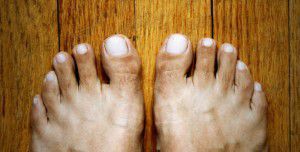
Ingrown nails can be extremely uncomfortable. They are caused from a bacterial infection typically in the big toe. Often times patients will have a history of ingrown toenails or family history of ingrown toenails. It is important to not try and treat ingrown toenails at home as this typically will make the infection worse. Ingrown nails themselves typically present as pain and swelling along the border of the toenail where the skin, patients will experience some drainage from the site and is often painful at times.
I recommend patients are evaluated when their nails are sore, red, thickened or painful with walking. There are many different options for treating an ingrown nail however typically the offending nail border has to be removed. Once removal is performed the procedure of choice is really dictated by the number of ingrown toenails the patient has experienced. The two options are an incision and drainage or what is called a matrixectomy.
Option one or incision and drainage involves removal of the offending nail border. This is typically done on just the side that is painful. Prior to removal the toe is anesthetized, cleaned and sterile prep. Nail is then removed with the hemostat appendicitis, flushed and covered with a sterile compressive dressing. Typical recovery from something like this is patients can return to activities the next day or so once a day for 1 week.
A matrixectomy involves a similar technique as described above. However once the nail is removed the nail cells are cauterized to prevent them from growing back. Matrixectomy is a procedure specifically designed for someone that has a history of recurrent ingrown toenails or long family history of ingrown nails. The patient’s toe will be red and sore often times for 2-3 weeks after the procedure.
If you’re experiencing painful swollen digit please give me a call today and I can help 425-391-8666, or make an appointment online.
Sincerely,
Board-Certified Foot and Ankle Physician and Surgeon
Dr. Brandon Nelson, Board-Certified Foot and Ankle Physician and Surgeon, Discusses Outcomes for Bunion Surgery
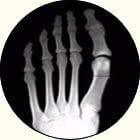
Bunion surgery continues to be the most common foot and ankle surgery performed and there are many different procedures available. Not all of the procedures have equal outcomes. The most common bunionectomy performed in the United States continues to be what is called an Austin bunionectomy or a head procedure. This type of procedure is primarily used to correct mild to moderate bunions. This procedure has great outcomes, as patients do well ambulatorily postoperatively. Most patients will be back to activities fairly quickly and long-term results are good as long as there are no other foot deformities. This type of bunion procedure is fairly straightforward and can be performed in 30-45 minutes. Postoperative protocol is easy and pain level is generally mildly and well controlled with oral medications.
The second most common type of bunionectomies are for severe bunions or people with foot instability. These procedures usually involve more in depth bunionectomy or stability type procedures. The most common bunionectomy for this is what is called a Lapidus bunionectomy. This procedure involves fusion of bones on the inside of the foot and provides great correction and increased stability for the foot itself. This procedure can often involve a period of nonweightbearing or modified weightbearing and usually takes longer to heal from within the previously discusses bunion. However it should be noted the recurrence rate with this type of bunionectomy is much less and the long-term outcomes are are great. Again, it is important to address other foot structure issues as these can have effect on long-term results.
If you’re suffering from a bunion or foot pain, an evaluation is essential. Call the office at 425-391-8666 or make an appointment online today so I can help.
Sincerely,
Board-Certified Foot and Ankle Physician and Surgeon



